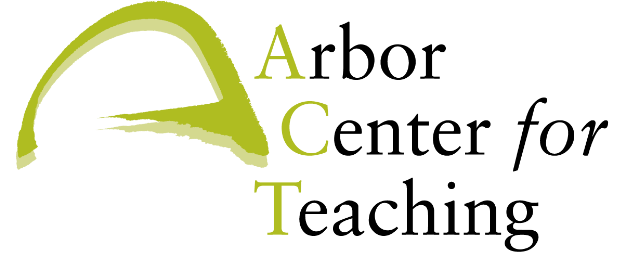ARBOR THEMATIC CURRICULUM
Written by Arbor School teachers, a curricular guide for fourth and fifth graders outlines a year immersed in environmental science topics, encouraging students to view the world through a lens that widens from ecological niches to habitats, ecosystems, climate, and biomes. It's a year of mapping; students practice measurement, graphic, and scale work in surveying the campus (always to real purpose, such as building a cross-country course through the woods) and later use their skills to draw world maps in a projection of their choice. Along the way they learn about the adaptations that allow animals to survive in different parts of the world and consider how geography affects human culture. They read world folktales and write an original tale inspired by a culture from a biome they have researched in depth. They study oceanography and shore environments, capping that unit with a field trip to the Oregon coast to explore the tide pools.
This year also includes a major unit on the human body and the way different types of cells interact to perform various functions and create a system. Students choose a system to focus on, but necessarily learn about interconnected systems, too. They also combine their new knowledge of the human brain with a growing capacity for self-reflection and assessment, creating a change capsule of insights about themselves and their role in community that they will open again at their eighth-grade graduation.

Arbor Thematic Curriculum - Volume 0
Curriculum introducing studies of environmental niches, habitats, ecosystems, biomes, the human body, and oceanography to fourth and fifth graders at the Arbor School of Arts & Science.
Contents
Unit 1: Campus Niche
Unit 2: Oregon Habitats
Unit 3: Human Body
Unit 4: World Biomes
Unit 5: Oceanography